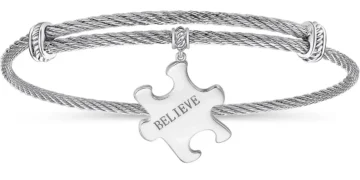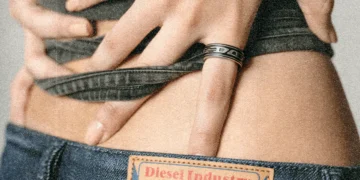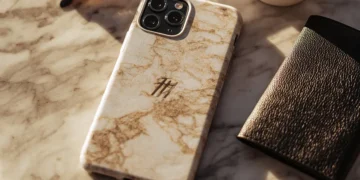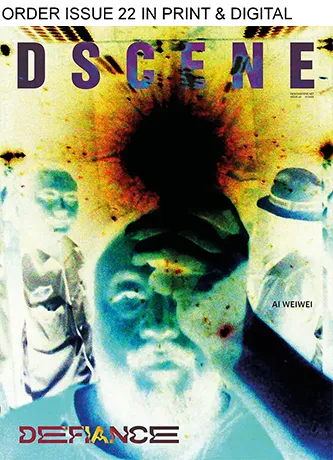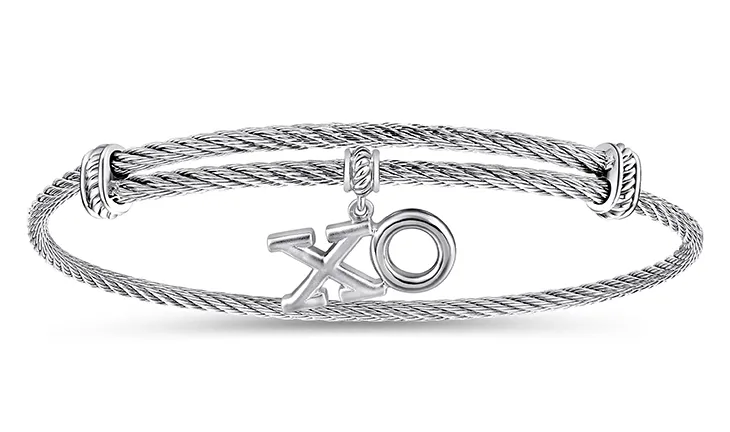
Charm bracelets carry the sound and weight of experience. With every movement, they tell small stories – of places visited, people cherished, or wishes once whispered. These bracelets, whether made of gold, silver, or enamel, are built piece by piece. Each charm adds something personal. Their history reaches across centuries and cultures, and today they continue to carry meaning, whether worn daily or saved for special moments. This article traces their origins, the ways they’ve evolved, and why people continue to choose them as a reflection of memory and identity.
A Journey Through Time
Wearing a charm bracelet today evokes a quiet sense of its origins – an accessory shaped by centuries of belief, memory, and meaning. Charm bracelets have an ancient history that extends to prehistoric times when people used protective amulets and talismans to bring luck, along with representing their social positions. Ancient civilizations used charms as protective symbols or status markers. In Egypt, people wore charms to represent gods and invite good fortune into their lives. These accessories served a symbolic purpose tied to belief and social belonging. Roman citizens, too, wore charms to pay tribute to deities and to remember specific life events. During the Middle Ages, knights carried charms into battle, and gave them to loved ones before leaving home. The early versions of these bracelets were meaningful and practical, offering emotional weight alongside visual interest.
Each charm was selected for a reason. It might have carried a religious association, marked a rite of passage, or acted as a small token exchanged between people before long separations. These bracelets served as wearable artifacts that connected their owners to something larger – whether it was protection, remembrance, or faith.
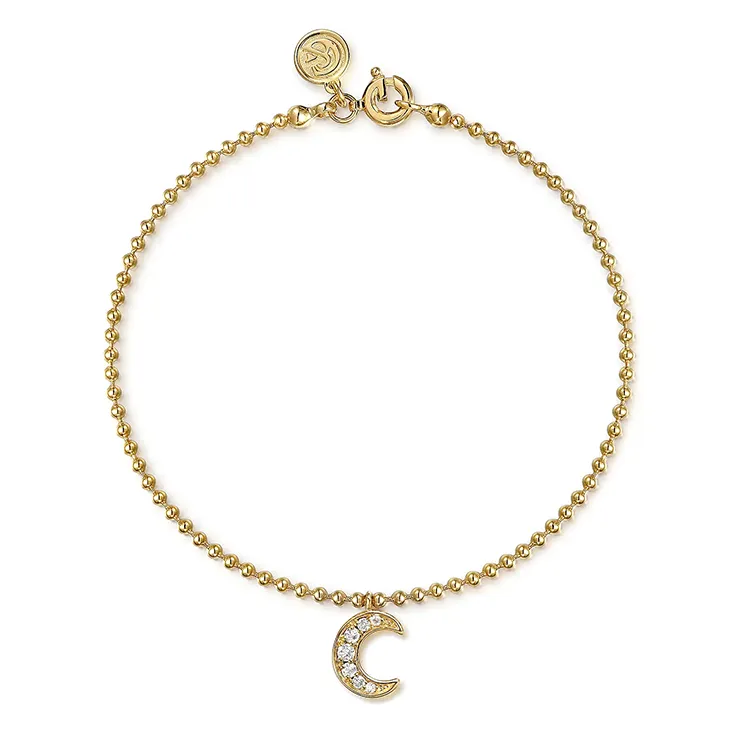
The Modern Charm Bracelet Takes Shape
By the 19th century, charm bracelets began to shift into the familiar forms we recognize today. Queen Victoria played a key role in their popularity. She wore bracelets adorned with lockets, portraits, and charms reflecting her interests, family, and travels. Her influence helped turn charm bracelets into fashionable items that also conveyed sentiment. Around this time, jewelry houses like Gabriel & Co. began producing heart-shaped charms and other small keepsakes that caught on with a growing audience.
The trend continued through the early 20th century. During World War II, soldiers often collected charms from different countries where they were stationed. These were later given to loved ones back home as reminders of their experiences. The charms varied – from city emblems to small military tokens. These bracelets became living records, shaped by time and circumstance.
People began to assemble charm bracelets over years, adding new charms as their lives moved forward. The bracelet was no longer static. It changed as its owner changed. Each new addition marked a moment that had value, and the result was a piece of jewelry with both personal and emotional weight.
Why They’re So Special
Charm bracelets feel personal in a way few other accessories can match. They carry meaning through detail. A bracelet might feature a charm collected during a trip, a birthstone marking a child’s birth, or a small symbol chosen after achieving a goal. These pieces combine to form a timeline, worn on the wrist.
Unlike other jewelry, a charm bracelet develops over time. With each new charm, it takes on a slightly different character. Some bracelets stay small and minimal. Others grow dense with charms that fill every link. The gentle sound they make as the wearer moves through the day can serve as a quiet reminder of the memories held in each charm.
Charm bracelets offer space for self-expression. No two are alike, and no charm appears without purpose. Every detail adds something, and the bracelet becomes an object that feels tied to both the past and the present.
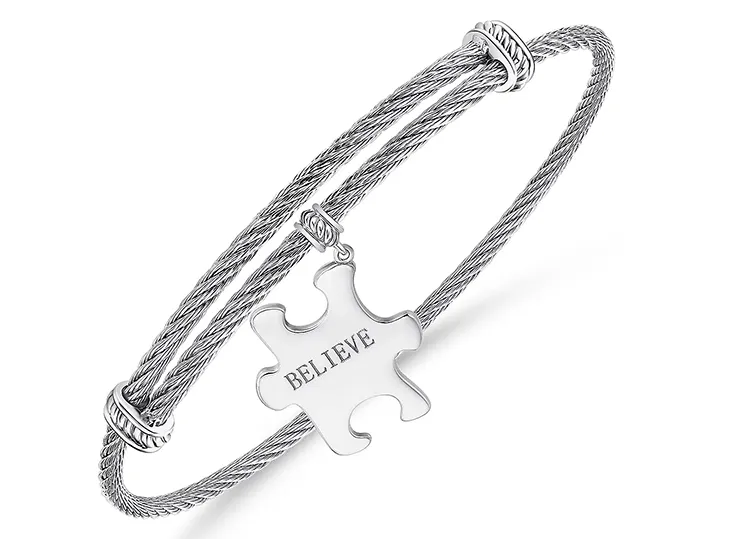
A Gift That Keeps on Giving
Charm bracelets work well as gifts because they continue to evolve. Giving one allows the recipient to begin a piece they can shape as time goes on. A gold or silver chain with a single charm creates a starting point – perhaps a heart, a travel symbol, or an emblem of luck. From there, the wearer can build the rest.
These bracelets are often given to mark birthdays, graduations, or shared experiences. They work well between close friends or family members, offering a way to show care and create a shared narrative. The best part is that the gift grows. As the person wearing it adds new charms over the years, the bracelet becomes more personal, more detailed, and more connected to their experience.
There’s something meaningful about returning to the same bracelet again and again, and adding something new. It turns the gift into an ongoing tradition, one that encourages memory and reflection.
Modern Twists on a Classic
Today’s charm bracelets range from traditional to experimental. For those who prefer simplicity, there are thin chains with a few delicate charms in silver or gold. Others lean into more colorful options, adding enamel, gemstones, and bolder shapes for a stronger visual effect. Styles range from minimal to expressive, depending on what the wearer prefers.
Brands like Pandora and Alex and Ani have built systems that let customers choose and customize. Charms come in a wide range of styles – beaches, animals, words, zodiac signs, and more. Someone who loves the ocean might choose a seashell or wave symbol. An astrology fan can find charms tied to their sign. With so many combinations available, wearers can create bracelets that reflect specific moods, interests, or memories.
Charm bracelets also work across different aesthetics. They can look refined and subtle or colorful and playful. This flexibility keeps the design relevant across age groups and style preferences.
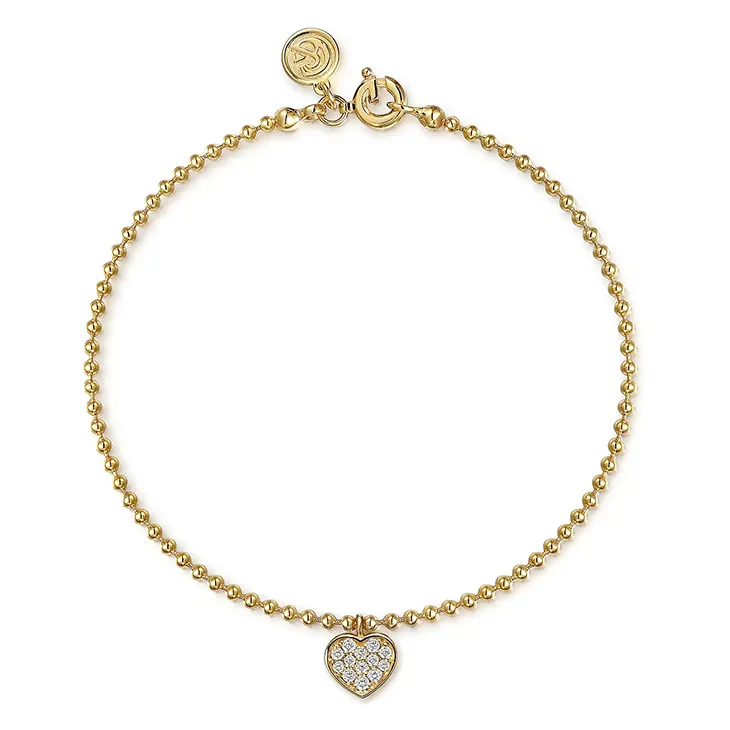
Charm Bracelets as Heirlooms
Over time, charm bracelets often become family items. A bracelet passed from one generation to the next carries more than its physical material – it carries a story. A grandmother’s bracelet might include a charm from her wedding, a souvenir from a trip, or something that reflects a personal hobby or memory. When passed on, the new owner can keep the original charms and add their own.
This act of continuation allows a bracelet to expand across time, creating a shared record of life. The charms become markers of personal memory, and also part of a larger family narrative. It’s a way of keeping someone close, even if they’re no longer present.
Adding to an heirloom bracelet can feel like joining a conversation. The new charms don’t replace the old ones – they add another layer. Over time, the bracelet becomes richer in meaning.
Caring for Your Treasure
To maintain the condition of a charm bracelet, a few practical steps make a difference. Store it in a soft pouch or fabric-lined box to avoid scratches. Clean it gently using a jewelry cloth to preserve the surface and shine. Check the clasp and each charm regularly to make sure everything stays in place.
When adding new charms, it’s helpful to visit a jeweler who can secure them properly. This ensures that they stay attached without weakening the structure of the bracelet. Taking these simple steps can extend the life of the piece and protect the charms that carry personal value.
Regular care also supports the bracelet’s function. A clean, well-kept bracelet is easier to wear, more comfortable, and less likely to suffer damage from daily use.
Charm bracelets offer a way to mark experience with precision. Each charm carries a specific meaning. Each bracelet becomes a story shaped by the person who wears it. From ancient amulets to customized modern designs, these pieces have stayed in use because they hold memory in a physical form.
Whether you’re starting a bracelet from scratch, giving one as a gift, or passing one down to someone you love, the meaning builds with time. These bracelets don’t need to look the same or follow rules. What matters is that each one says something real.
